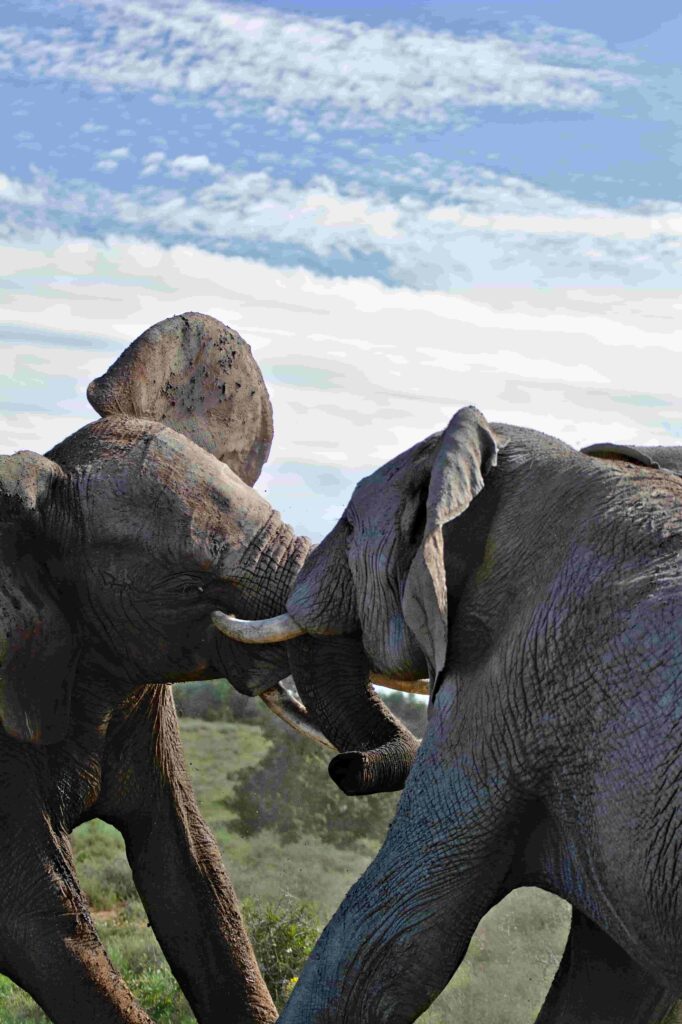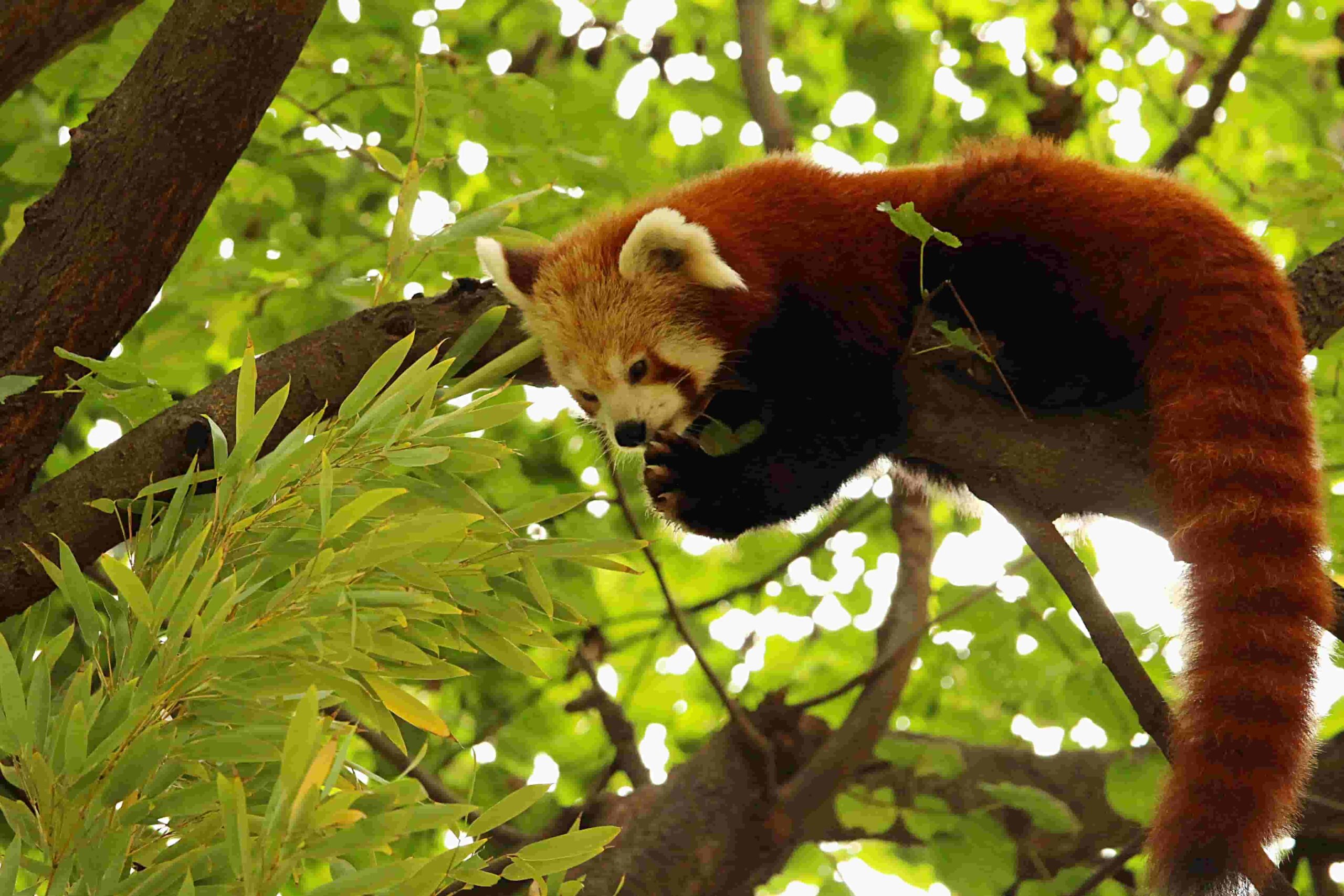Table of Contents
- Introduction: The Precious Biodiversity of Forests
- What Are Endangered Species?
- The Forest Ecosystem: A Delicate Web of Life
- Threats to Forest Biodiversity
- Conservation Efforts: A Glimmer of Hope
- The Success Stories: Species on the Rebound
- The Responsibility of Every Individual
- The Impact of Forest Conservation on Our World
- The Heartwarming Human-Animal Connection
- Conclusion: A Call to Action
- FAQs on Protecting Endangered Species
- How do I get involved in protecting endangered forest species?
- Are there specific organizations dedicated to forest wildlife conservation?
- What are some of the most endangered species in forest ecosystems?
- How can I support conservation efforts even if I’m not directly involved?
- What role does education and awareness play in protecting endangered species?
Introduction: The Precious Biodiversity of Forests
Forests are intricate ecosystems filled with life, far more than a mere assembly of trees. In this article, we delve into the vital topic of protecting the endangered species of the forest. These remarkable creatures are an integral part of the forest’s biodiversity and warrant our attention and protection.
What Are Endangered Species?
Endangered species are those facing the threat of extinction due to declining populations. Factors like habitat loss, pollution, and climate change contribute to their vulnerability.
Forests worldwide are home to many endangered species due to habitat loss, climate change, poaching, and other threats. Here are a few examples of endangered species found in forest ecosystems:
- Sumatran Tiger: The Sumatran tiger, native to the forests of Sumatra, Indonesia, is critically endangered due to habitat destruction and poaching for their valuable body parts.
- Mountain Gorilla: Found in the forests of central Africa, mountain gorillas are critically endangered due to habitat loss and poaching. Conservation efforts are helping protect these great apes.
- Amur Leopard: This leopard subspecies is critically endangered, with a small population in the Russian Far East’s temperate forests. Habitat loss and poaching have caused a decrease in their population.
- Javan Rhino: The Javan rhinoceros is one of the rarest and most endangered mammals, with a tiny population in the dense forests of Java, Indonesia. Their main threat is habitat loss.
- Spix’s Macaw: This critically endangered parrot species, originating from the Amazon rainforests in Brazil, is on the brink of extinction in the wild, primarily due to habitat destruction and illegal capture for the pet trade.
- Bornean Orangutan: Bornean orangutans are endangered due to deforestation and the palm oil industry’s impact on their habitat in the forests of Borneo.
- Ivory-billed Woodpecker: This large woodpecker, once believed extinct, is critically endangered and found in select forested areas of the southeastern United States. Habitat loss is a significant threat.
- Red Panda: These small, arboreal mammals are endangered due to habitat loss, primarily in the forests of the eastern Himalayas and southwestern China.
- Asian Elephant: In some forested regions of Asia, such as India and Southeast Asia, the Asian elephant is endangered due to habitat fragmentation and conflicts with humans.
- Iberian Lynx: This lynx species is found in the Mediterranean forests and is critically endangered, primarily due to habitat destruction and a decline in their prey species.
The Forest Ecosystem: A Delicate Web of Life
Forests are a delicate web of life, where each species, from the tiniest insects to the largest mammals, plays a unique role. The disappearance of a single species can perturb the entire ecosystem, impacting both plant life and animal populations.
Threats to Forest Biodiversity
Various threats jeopardize the well-being of forest species. Deforestation, illegal poaching, and the introduction of invasive species are among the primary culprits. Comprehending these challenges is vital for formulating successful conservation tactics.
Conservation Efforts: A Glimmer of Hope

Conservation initiatives offer hope for endangered forest species. Conservation efforts, such as the establishment of protected areas, habitat restoration, and anti-poaching measures, are crucial for safeguarding these and many other endangered species in forest ecosystems. Protecting the forests themselves is also vital since intact, healthy habitats are essential for the survival of these species. Organizations and individuals worldwide are working tirelessly to protect these animals and their habitats. Their dedication is essential for the survival of these species.
Legal Frameworks for Protecting Endangered Species
Laws and regulations are crucial for safeguarding endangered species. They provide a legal framework for habitat protection, wildlife trade control, and anti-poaching efforts.
The Role of Scientific Research
Scientific research is a vital tool for understanding endangered species and their needs. Studies on behavior, genetics, and ecology help conservationists make informed decisions.
Engaging Communities in Conservation
Engaging local communities in conservation efforts is essential. Their support and participation can lead to more effective protection of endangered species and their habitats.
The Success Stories: Species on the Rebound
Despite the many challenges faced by endangered species in forest ecosystems, there are some remarkable success stories of species on the rebound, thanks to conservation efforts. Below are a couple of instances of such success stories:
- Bald Eagle: The bald eagle, a symbol of the United States, was once on the brink of extinction due to hunting and pesticide use. However, through the banning of the pesticide DDT and strict conservation measures, their populations have rebounded, and they were removed from the U.S. Endangered Species List in 2007.
- Peregrine Falcon: Peregrine falcons were severely affected by the pesticide DDT, which caused eggshell thinning. Conservation efforts, including captive breeding and banning DDT, have helped these birds recover, and they are no longer considered endangered.
- California Condor: The California condor, one of the world’s rarest birds, faced extinction with only 27 individuals in the 1980s. Through an intensive captive breeding program and habitat restoration, their population has increased, and they now number over 400 individuals.
- Gray Wolf: Gray wolves in the United States, particularly in the Yellowstone region, have made a comeback. After being extirpated from much of their historical range, reintroduction efforts and legal protections have allowed wolf populations to rebound.
- European Bison: The European bison, or wisent, was on the brink of extinction in the early 20th century, with only a few individuals remaining. Successful breeding and reintroduction programs in various countries, including Poland and Belarus, have increased their numbers.
- Humpback Whale: Humpback whales, which migrate through various forests of kelp and coastal ecosystems, have seen their populations recover following a ban on commercial whaling and other conservation measures.
- Giant Panda: The giant panda’s status has improved from endangered to vulnerable due to extensive conservation efforts in China. These include habitat protection, captive breeding, and reforestation efforts to expand their bamboo forest habitat.
- Island Fox: Several subspecies of island foxes on California’s Channel Islands faced severe threats due to introduced predators and diseases. Intensive conservation efforts, including captive breeding and predator removal, have led to population recoveries.
- Mauritius Kestrel: The Mauritius kestrel was once considered the world’s rarest bird, with only four known individuals in the 1970s. Through dedicated conservation work, their population has increased, and they have been downlisted from critically endangered to endangered.
These success stories highlight the importance of strong conservation measures, habitat protection, and public awareness in helping endangered species recover and thrive in their natural forest environments. They serve as inspiration for continued efforts to protect and restore biodiversity in our world’s forests.
The Responsibility of Every Individual
Protecting endangered species is not the sole responsibility of conservation organizations. Every individual can contribute by making eco-friendly choices, supporting conservation efforts, and spreading awareness.
The Impact of Forest Conservation on Our World
Conserving forests and their inhabitants has far-reaching effects. Forests are essential for clean air, water, and climate regulation, making their preservation crucial for the health of our planet.
The Heartwarming Human-Animal Connection
The connection between humans and animals is indisputable. Many people find inspiration and joy in protecting and caring for endangered species, fostering a sense of responsibility and compassion.
Conclusion: A Call to Action
Preserving endangered species is a collective duty. As we conclude this exploration of forest wildlife, we extend a heartfelt call to action. Together, we can protect and ensure the survival of these remarkable creatures.
FAQs on Protecting Endangered Species
How do I get involved in protecting endangered forest species?
To get involved in protecting endangered forest species, you can educate yourself about local species and their threats, support conservation organizations financially or as a volunteer, advocate for stronger environmental policies, participate in habitat restoration efforts, promote responsible eco-tourism, reduce your ecological footprint and connect with like-minded individuals and communities.
Are there specific organizations dedicated to forest wildlife conservation?
Yes, there are numerous organizations dedicated to forest wildlife conservation. Some prominent ones include the World Wildlife Fund (WWF), The Nature Conservancy, Wildlife Conservation Society (WCS), and the Rainforest Foundation.
What are some of the most endangered species in forest ecosystems?
Some of the most endangered species in forest ecosystems include the Javan Rhino, Amur Leopard, Mountain Gorilla, Sumatran Tiger, Spix’s Macaw, and the Iberian Lynx.
How can I support conservation efforts even if I’m not directly involved?
You can support conservation efforts even if you’re not directly involved by donating to reputable conservation organizations, raising awareness about endangered species and habitat protection, and making sustainable choices in your daily life, such as supporting eco-friendly products and responsible tourism. Your financial contributions and advocacy play a vital role in helping protect endangered species and their forest ecosystems.
What role does education and awareness play in protecting endangered species?
Education and awareness are pivotal in protecting endangered species by fostering a sense of responsibility and understanding among the public. They inspire individuals to take action, support conservation efforts, and advocate for stronger environmental policies.
Resources for Further Exploration


Sharing is caring the say, and you’ve done a fantastic job in sharing your knowledge on your blog. It would be great if you check out my page, too, at Webemail24 about Network Tunnels.
Hello there! I know this is kinda off topic however , I’d figured I’d ask.
Would you bbe interested iin trading links or maybe guest
writing a blog article or vice-versa? My website
addresses a lot of thhe same subjects as yours and I feel we could greaty benefit from each other.
If you are interested feel free to shoot me an email.
I look forward to hearingg from you! Awesome blog
by the way! https://bandurart.mystrikingly.com/
Hello there! I know this is kinda off topic however , I’d figured I’d ask.
Would you be interested in trading links or maybe guest
writing a blog article or vice-versa? My website addresses a lot of the same subjects as
yours and I feel we could greatly benefit from each other.
If you are interested feel free to shoot mee an email. I
look forward to hearting ffrom you! Awesome blog by the way! https://bandurart.mystrikingly.com/
Fascinating insights! For creative exploration, Sprunked provides an innovative platform.